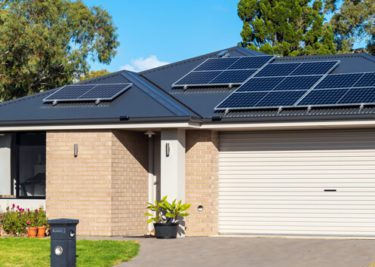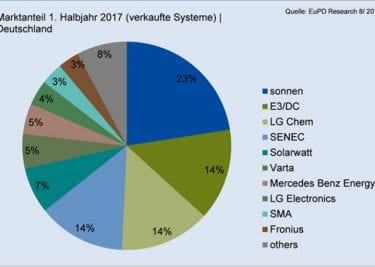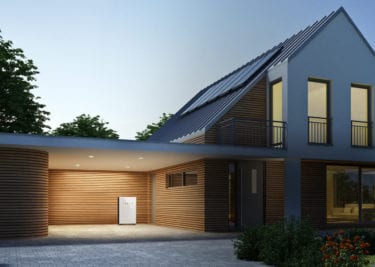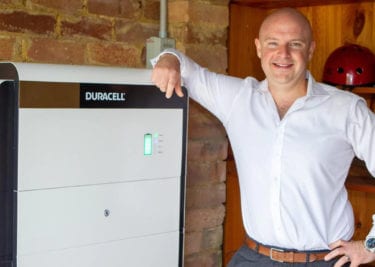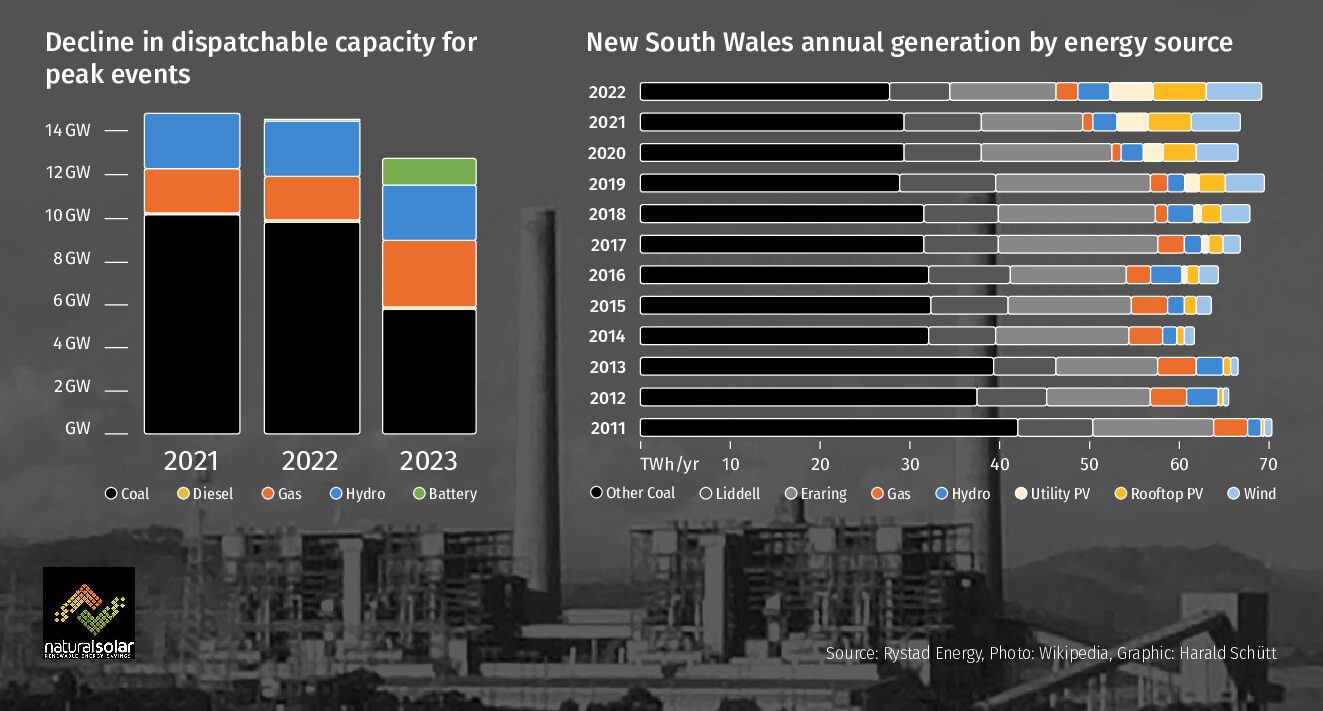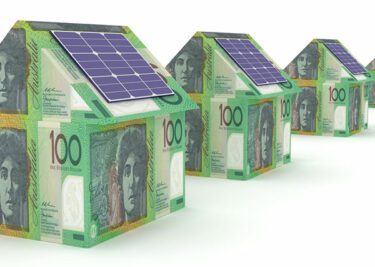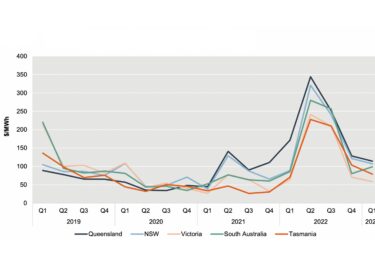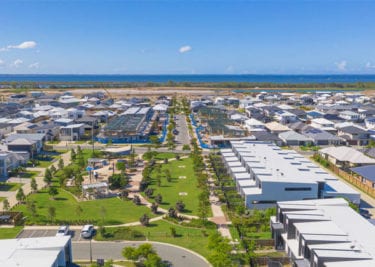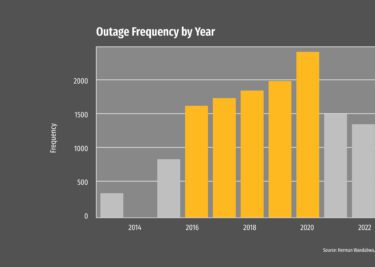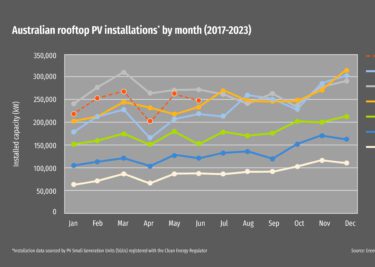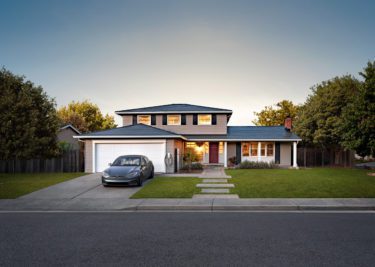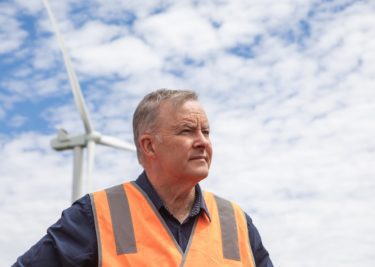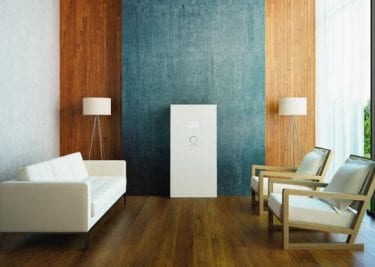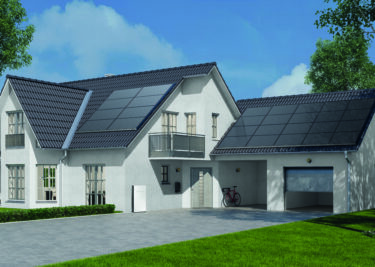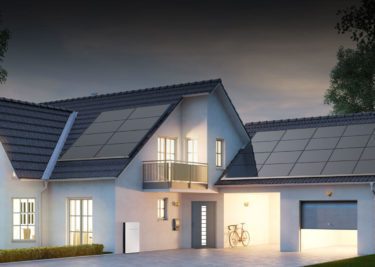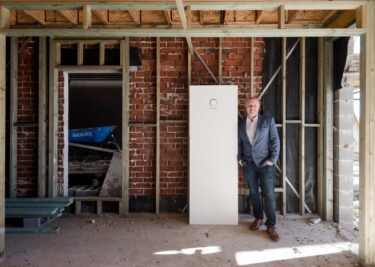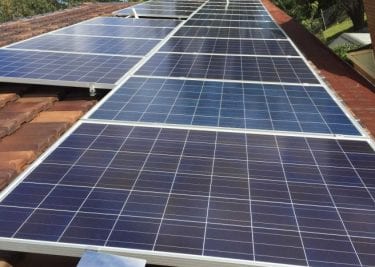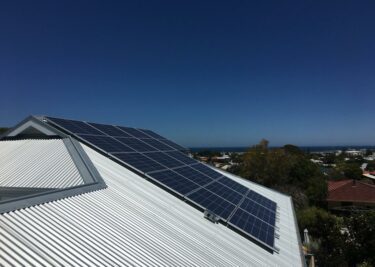Australia’s most gas-dependent state has taken the plunge and banned natural gas in new homes. Victoria announced the move on Friday, claiming it will reduce cost-of-living pressure on Aussie homes and help the state reduce emissions.
While some will see banning gas as a radical move, a look at which organisations are lining up in support of the policy is revealing. Even objections to the ban point to the crucial role rooftop PV and solar batteries will play in this inevitable, all-electric future.
Victoria’s energy and resources minister Lily D’Ambrosio has set a cutoff date of January 1, 2024 – after which planning permits for new homes will only include connection to the electric grid. It’s effectively a ban on new homes, including public housing, being fitted out with gas heating, hot water boilers, and cooktops.
The Victorian government reckons that with an all electric home, households in the state will save up to $1000 a year. For homes with solar installed, that saving increases to $2,200!
“All-electric homes are healthier, cleaner, and cheaper to run. Going all-electric ensures Victorians building a new home are part of this exciting energy transition,” said the Victorian planning minister Sonya Kilkenny.
The ban is particularly impactful, as Victorian homes are the most reliant on gas nationally. Indeed, 80% are connected to the gas network and in its coverage, the Australian Financial Review (AFR) noted that around 400,000 new homes are connected to the gas network each year.
Doing away with gas represents a big switch and means a lot of heat pumps, electric water heaters, and induction cooktops will be installed. And to power it, a simply huge amount rooftop PV and home batteries will be essential.
To efficiently and cost-effectively manage an all-electric home, coordinating how the rooftop PV electricity is utilise within the home is important. Devices like the Heartbeat, which is being introduced to the market by Natural Solar parent company 1KOMMA5° is shaping up to be the most intelligent way to do this – via its every-expanding ability to connect, control, and coordinate smart devices in the home, rooftop solar, and a home battery.
Big switch to solar
The Vic government is introducing a new $10 million Residential Electrification Grants program as a part of its phasing out of gas. While not a huge pot of money, it will provide home buyers with up to $4,600 to electrify “before they even move in.”
Home builders will further have access to grant money, the government said, to enable them to receive “bulk rebates for solar panels, solar hot water and heat pumps to new home buyers up front.”
These new grants come on top of the Solar Homes program in Victoria, which already provides $1,400 solar panel rebates and interest free loans of $8,800 for household batteries – which is a big incentive to invest in solar and battery storage today.
Support for electrification
Looking at the reaction to the Vic gas ban from industry and the wider community reveals the shape of things to come. While in recent years it is conceivable that such a ban would cause outrage among builders and the business community, the opposite has been the case.
The Clean Energy Council (CEC), unsurprisingly, was glowing in its praise for the move. “All Victorian households and businesses will ultimately need to switch from gas to renewable electricity,” said the CEC’s policy director of decarbonization, Anna Freeman. “Electrification of space heating and cooking in homes is more efficient, cheaper to run, and free of emissions for households using renewable electricity.
“Today’s announcement is an important step towards the decarbonization of our energy system, but we will need to go much further and faster for Victoria to meet its ambitious emissions reduction targets of 75 – 80% by 2035 and net-zero emissions by 2045.”
Support came from more unlikely quarters too. For instance, the Guardian Australia reported that the Property Council of Australia was in favor of the move as it provided certainty.
“Every new building built with gas will need to be retrofitted in the future, so we welcome this move from the Victorian government to avoid investment in new gas network infrastructure and focus on reducing energy bills, and providing cleaner, healthier homes for Victorians,” said Property Council policy director Frankie Muskovic.
The Master Builders Association Victoria’s Michaela Lihou was also positive. “The decision to cease gas installation on greenfield building sites underscores a commitment for future generations, but it’s important for Victorian consumers to have the freedom to make informed choices that suit their needs,” said Lihou.
Need for clean energy
It’s clear from these reactions that switching from gas to electric makes abundant sense – and starting with new homes is an absolute “no brainer.”
Even those who attacked the move have pointed to the most likely way forward.
The Victorian opposition said an “orderly” energy transition was needed, in the words of shadow treasurer Brad Rowswell. “For as long we’ve got problems with energy generation, transmission, and storage … gas will continue to be an important part of our energy mix.”
Gas heater manufacturer Jon Seeley, from Seeley International, said the energy transition should drive emissions down, not up. “Forcing people off gas causes more brown coal to be burnt in our ageing power stations while increasing the strain on an already-fragile energy grid,” he said.
Seeley’s right in one sense, but very wrong in another. Sure, over 60% of Victoria’s electricity is generated from polluting brown coal today, but that is changing fast.
The Australian Energy Market Commission (AEMC) notes that first large-scale wind, then solar, and finally solar-plus-storage is increasingly decarbonizing the grid.
“The amount of coal-fired power has decreased significantly [in Victoria] with the 2017 exit of Hazelwood station which supplied around 20 per cent of Victoria’s electricity consumption, and to a lesser extent with the exit of Anglesea coal power station in 2015,” the AEMC writes. Check out the two diagrams below to see the transformation yourself.
And when living in an electric home, adding rooftop PV and a home battery is a compelling proposition – and both are supported with grants and zero-interest loans in Vic. While doubters argue electrification will result in reliance on a dirty grid, it in fact opens the door for a decarbonized household, powered by rooftop solar and batteries.
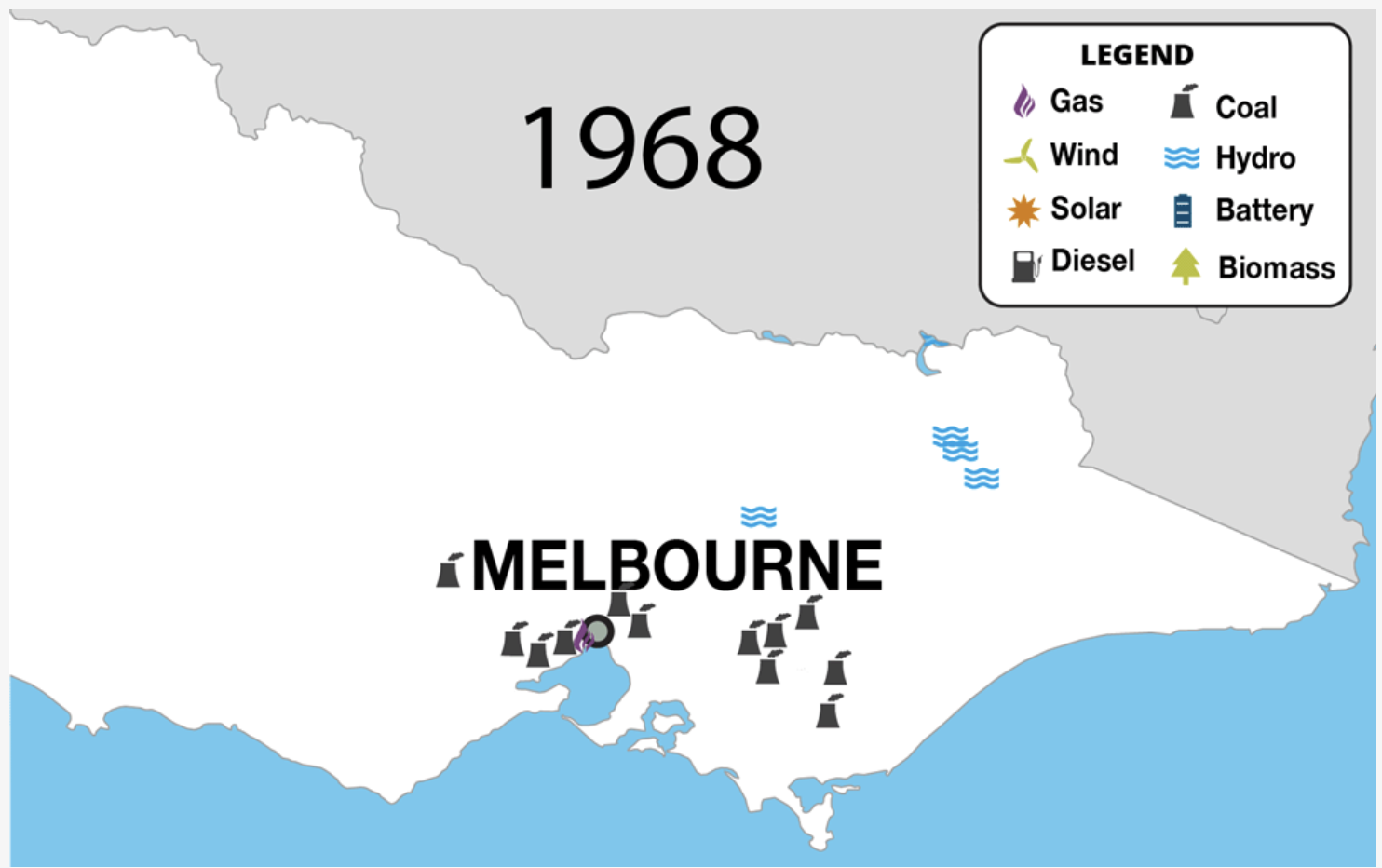
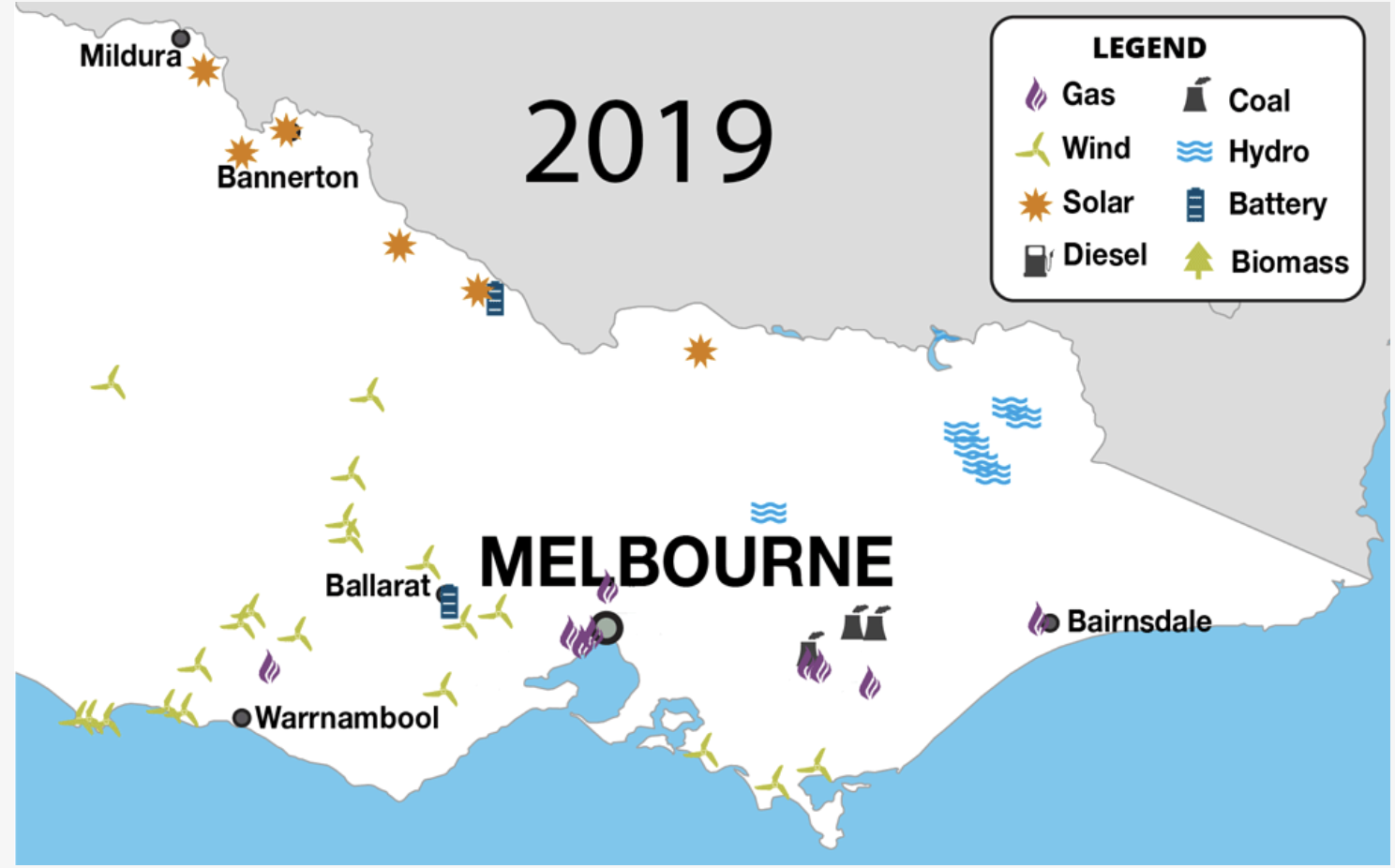 Heating bill cut in half
Heating bill cut in half
This is the reason for the $2,200 annual saving the Victoria government is pointing to – electrification-plus-PV is simply a winning combination.
I bang on about him here, but electrification evangelist Saul Griffith and his team at Electrify Everything has crunched the numbers. He told the AFR that heating a home in Victoria with gas costs approximately $2.47 a day. That drops to $1.13 when it’s done with an electric heat pump, powered by rooftop solar.
“Victoria has the most to gain from electrification because it has the most households relying on gas and exposed to price gouging by international gas companies,” Griffith said. “The state government has a clear and sensible plan to lower household bills and decrease reliance on fossil fuels. This is the type of commonsense leadership Australia needs.”
Encouragingly, it’s not just Vic that is moving on a gas ban. The Australian Capital Territory has already banned gas in new developments and wants to outlaw its use in homes by 2045. Independent MP Allegra Spender said that New South Wales should be next.

